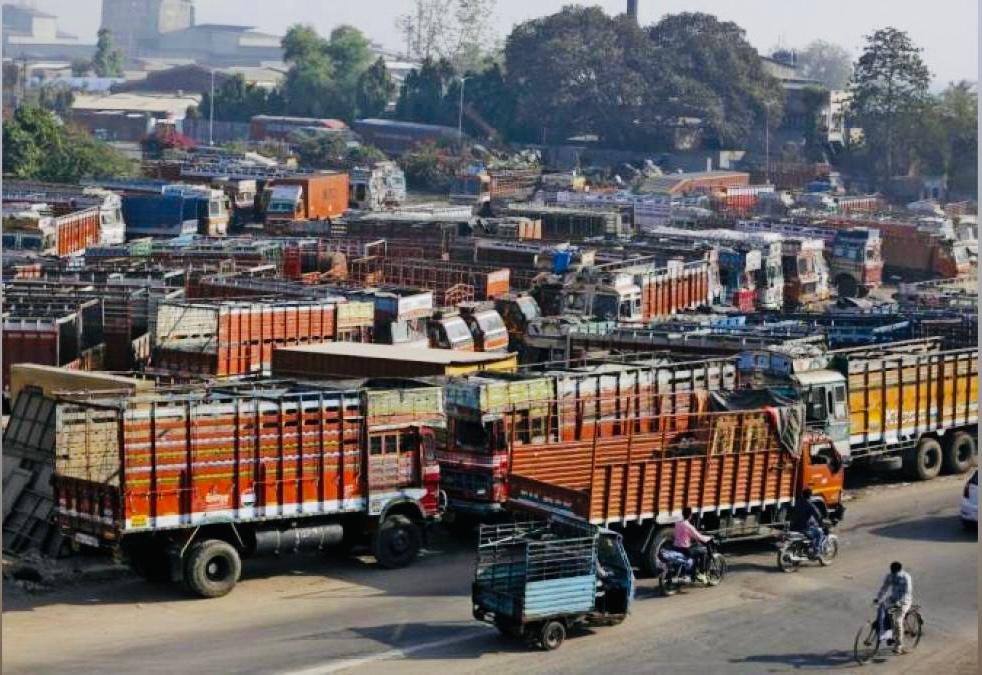The foreign exchange reserves, which has been going down since October as the RBI was defending the rupee, has recorded its best weekly gains since August 27, 2021, jumping by $15.3 billion to touch $654 billion for the week to March 7.
The massive gain was primarily due to the $10-billion rupee-dollar swap conducted on February 28, apart from the valuation gains due to the increase in gold prices. The reserves had peaked at 704.9 billion in the week to September 27, 2024 but since then it has been a southward-ho as the rupee came under massive pressure and has since lost almost 4%, touching a low of 87.95 on February 10.
According to a Bloomberg report quoting the weekly statistical supplement release of the RBI on Thursday (the central bank usually releases the forex data on Fridays but this Friday being a holiday, it has released it a day in advance), the foreign exchange reserves soared by $15.3 billion to $654 billion on back of the central bank injecting $10 billion through a foreign-exchange swap auction on Feb 28.
This helped the dollar stockpile to post its biggest weekly gain in over three years–since August 27, 2021.In the previous reporting week to February 28, the forex kitty had fallen by $1.78 billion in the previous reporting week to February 28.
Meanwhile, in the forex market, the rupee ended stronger against the dollar on Thursday as investors’ confidence was boosted by the steep decline in retail inflation which hit a seven-month low of 3.63% in February and also manufacturing boosting the overall industrial production in February to 5%.
The rupee ended 21 paise higher at 87 against the greenback on Thursday. The unit had ended at 87.21 on Wednesday. The RBI has been injecting liquidity into the system and the largest was of $10 billion through a foreign-exchange swap auction on February 28.
Since January, the RBI has conducted rupee-dollar swaps worth $30 billion but the last one had the maximum accretion effect as the rupee was more or less stable during the report week. This is was part of the central bank’s stepped up efforts to ease a cash crunch in the system, which is trending around Rs 1.25 trillion on average.
The swap entails the RBI purchasing dollars from banks against the rupees they hold, while contracting to sell the greenback at a future date. “The swap essentially adds to reserves and would imply a similar amount of draw-down when the swap matures,” said Sakshi Gupta, principal economist at HDFC Bank. “The reserves gains are also supported by valuation gains due to increase in gold prices,” she said.




